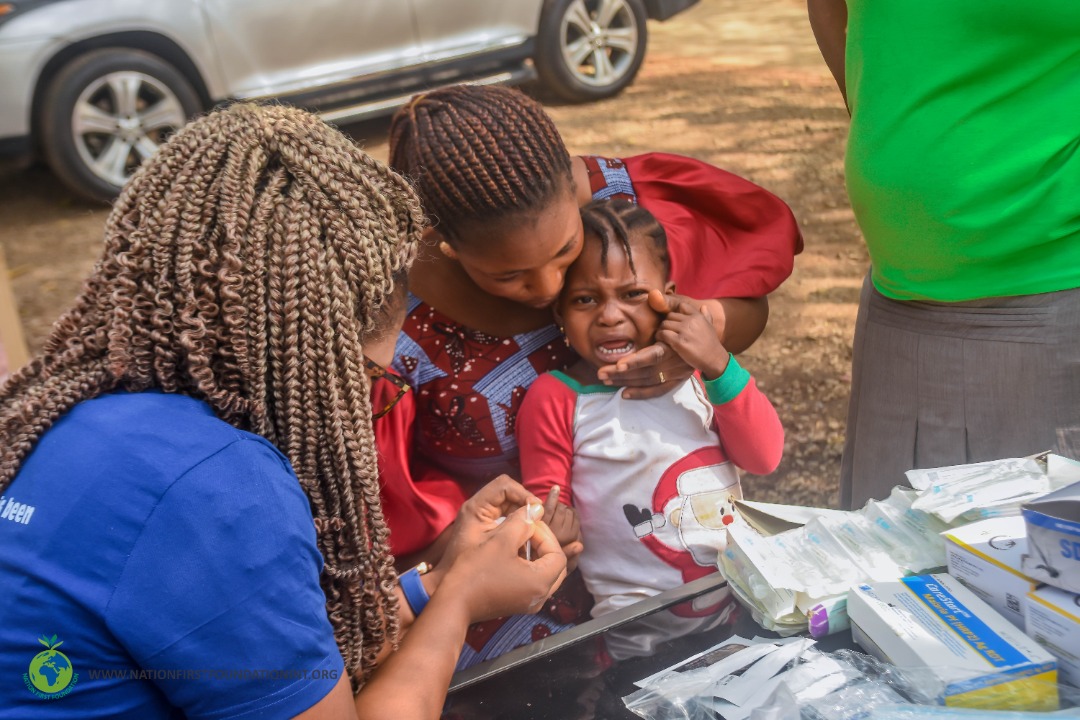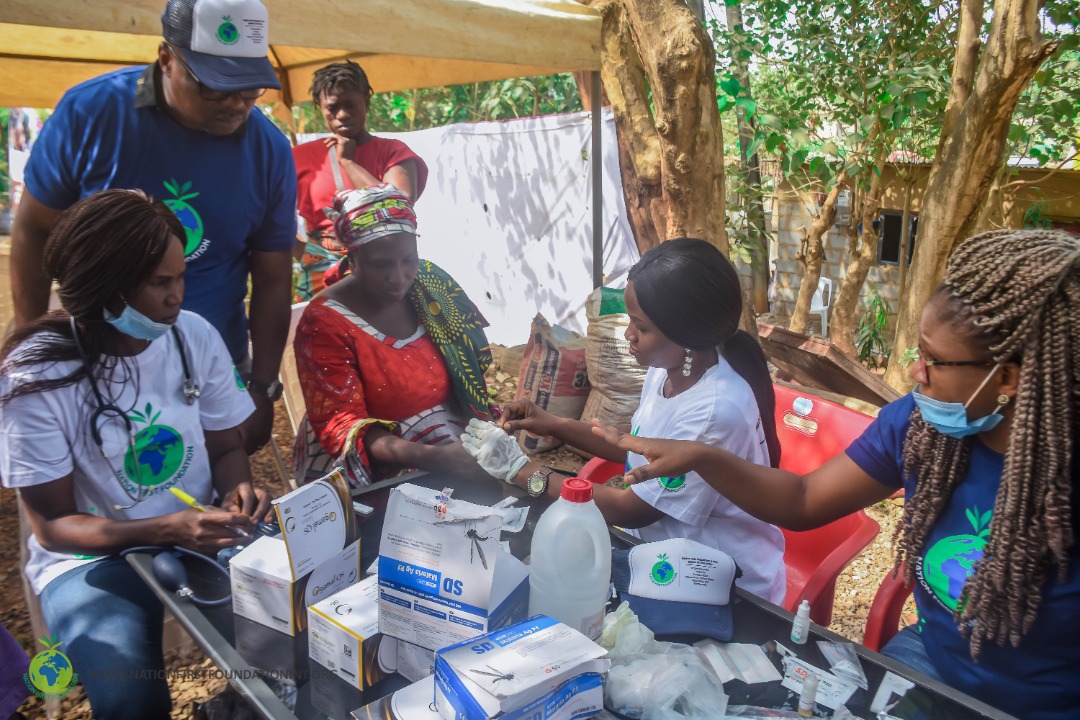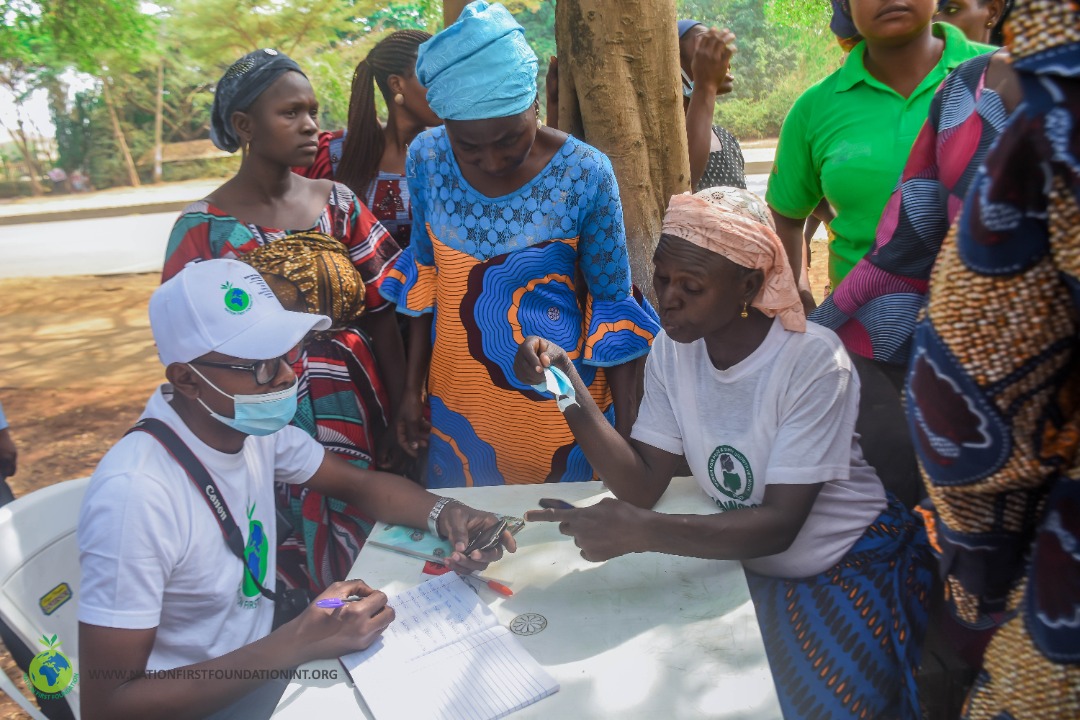Reaching the Less Privileged for a Healthier Nation on VALENTINE’S DAY’
This Outreach was designed to partner with community leaders, government agencies, non-governmental organizations, donor agencies, concerned individuals and other relevant stakeholders within and outside Nigeria, in the combat against malaria prevalence and related deaths in disadvantaged communities.
GOALS
• To re-awaken the good Nigerian spirit of supporting good causes
• To combat Malaria (pcm)
• To foster interaction between stakeholders in a fun environment
• Provision and distribution of free insecticide treated nets (ITN) to household heads for prevention of mosquito bites
• Networking with relevant stakeholders for partnership and collaboration for effective implementation and prevention of malaria infestation in disadvantaged communities
• Education and reorientation of disadvantaged communities on the importance of a clean environment in reduction of the prevalence of malaria infestation.
During our activities aimed at reducing malaria prevalence and deaths, we focused mainly on the following five core areas:
- Community sensitization on environmental cleaning
- Distribution of free insecticide treated nets/mosquito repellents
- Free Malaria Testing and treatment
- Networking with other stakeholders for increased participation in the fight against malaria prevalence
- Advocacy for policy stimulation
Why does Nigeria need to do to eliminate malaria?
Nigeria accounts for nearly a quarter of deaths from malaria in the world – in 2018 the numbers stood at 95,000.
The causes include the climate, high transmission potential, socioeconomic development, an overstretched health care system and displaced populations.
Eliminating the disease will take sustained local funding and a strong political commitment at the federal and state levels. This requires a strong recognition of the risk to children and pregnant women. The elimination plan must include focused research and strengthening health systems. It must also be population specific.
It must incorporate World Health Organization-recommended core interventions. One of these is vector control: protective measures such as insecticide treated materials, spraying to kill mosquito larvae and indoor spraying. The other is diagnostic testing and prompt treatment with effective medicines.





